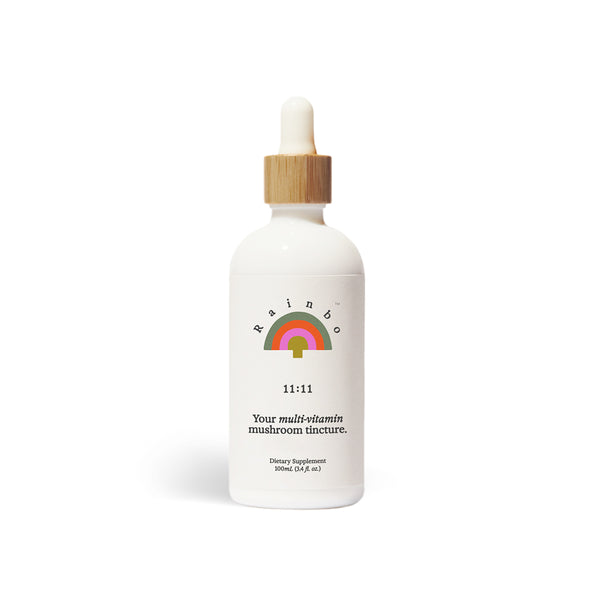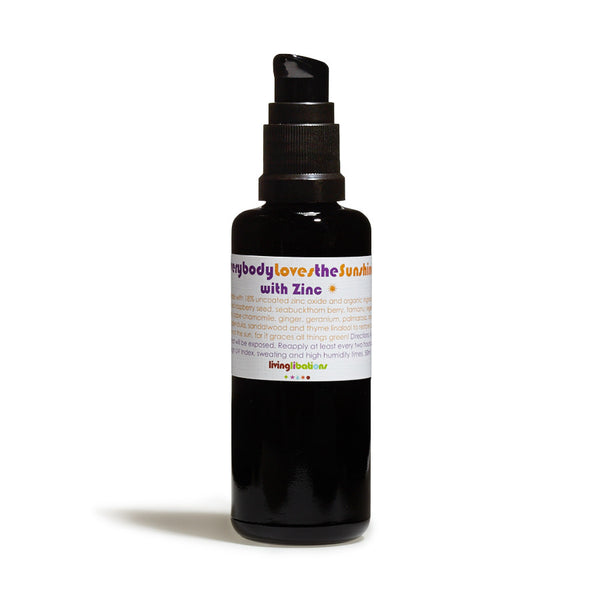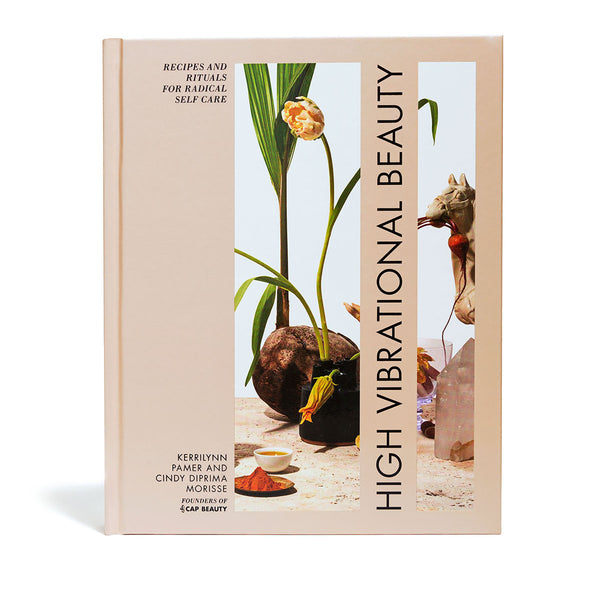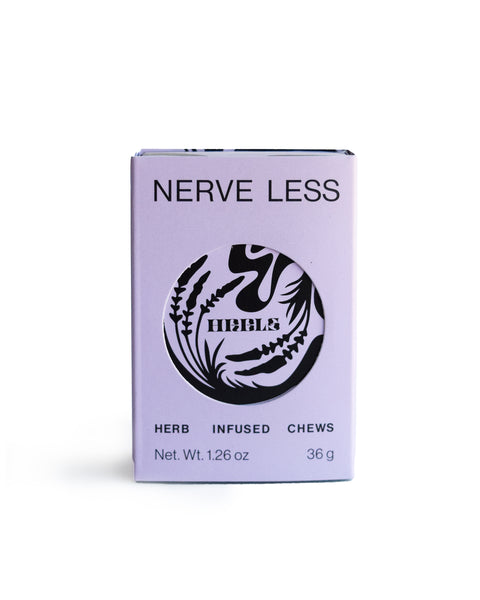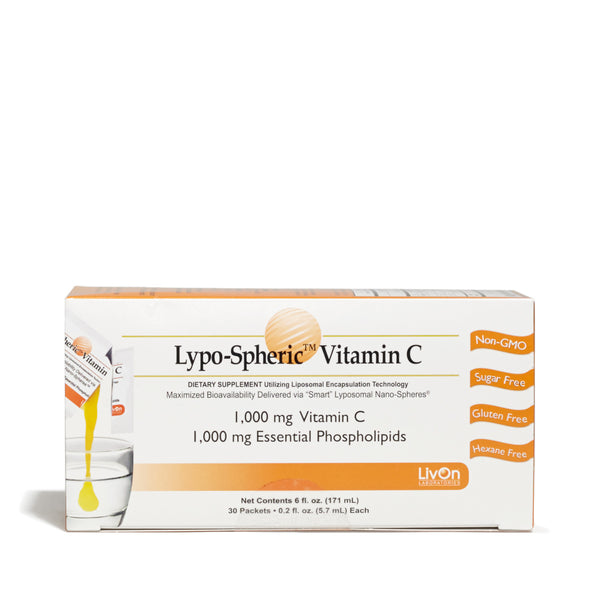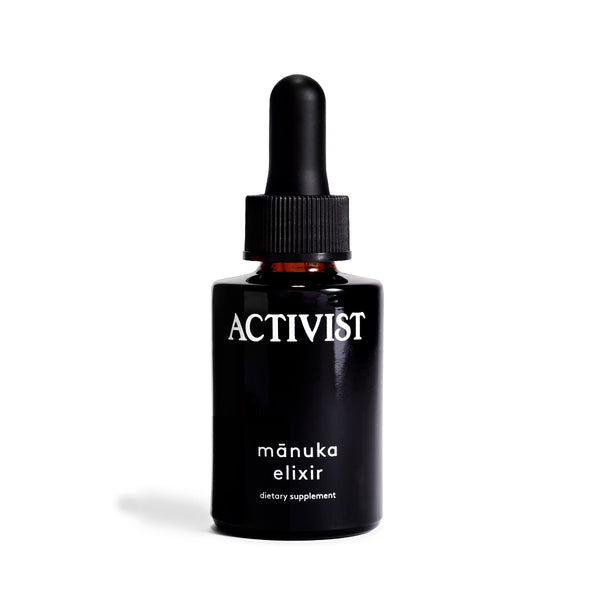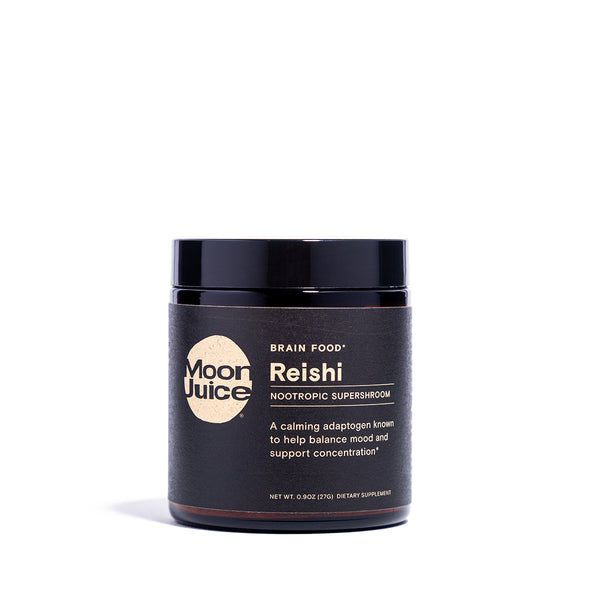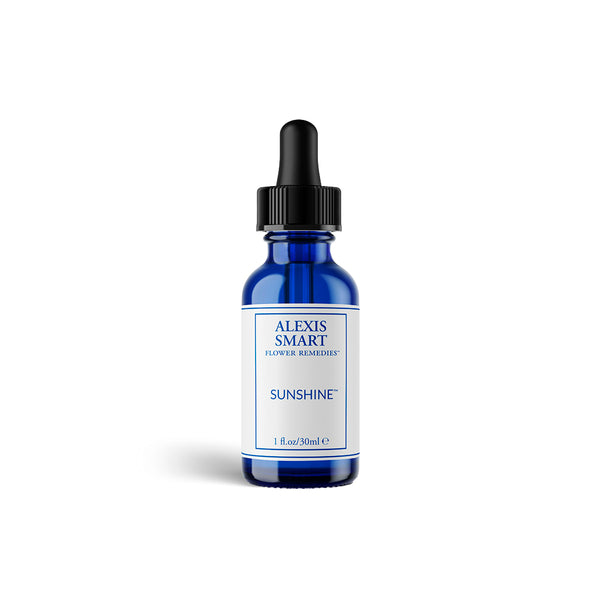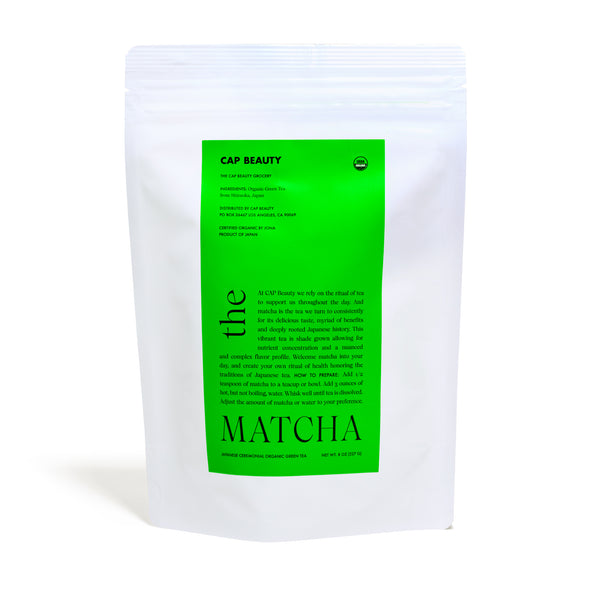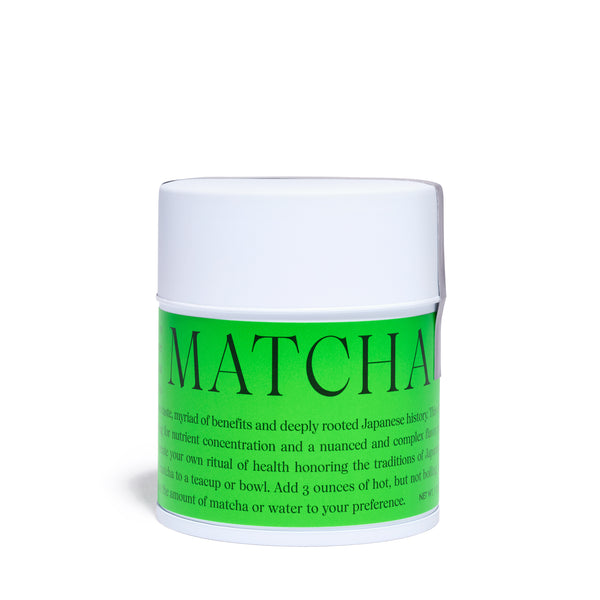Architecture and health aren’t often thought of as companions. What inspired you to write this book? Can you describe the moment that the two intersected for you?
I’m fascinated by public objects that are intended to communicate an ideology. So that can be a monument that expresses national remorse, or a building that symbolizes health.
The intersection between health and architecture probably became clear to me when I was writing about a new housing complex for residents who had been experiencing homelessness for many years. The architect, Michael Maltzan, pointed out that these residents, who had several mental and physical challenges, were the ones who needed the best design, and the most assistance from the architecture itself. It was a complete inversion of the way our society is set up.
This idea of architecture and wellness manifested so beautifully in the Lovell House, designed by Neutra. How did researching the relationship between Lovell and Neutra expand your understanding of architecture?
I suppose it highlighted the role of the client. Neutra was brilliant, but he also built for some really interesting, brave, progressive clients with strong beliefs and passions. Those collaborations led to great things. View of the Lovell ‘Health House’ designed by Richard Neutra. Photo by Julius Shulman. © J. Paul Getty Trust. Getty Research Institute.
View of the Lovell ‘Health House’ designed by Richard Neutra. Photo by Julius Shulman. © J. Paul Getty Trust. Getty Research Institute.
Have you visited any of the structures you write about in your book? If so, what was it like? Of the ones that are no longer standing, which do you wish you could have visited?
Yes, I've spent a good amount of time in the Lovell Health House, which is spectacular. The sunsets through the huge windows are endless. I loved thinking about the Lovell family living there, sleeping on the porches, exercising outside, and enjoying fresh-squeezed juices and giant salads. I also visited Zonnestraal sanatorium in the Netherlands which is in mint condition after falling into disrepair for many decades. It was in a gorgeous meadow surrounded by forests and it was incredible to walk around it and imagine how it must have seemed when it first opened 90 years ago. It had buildings for things like woodworking and other crafts so that patients had something constructive to do while they were getting better. That struck me as really brilliant in terms of long-term healing and mental health. The Grace Miller House in Palm Springs is also sometimes opened to the public and it is in wonderful shape.
As for the bulidings no longer standing--I'd love to see all of them! Many of them are still around though, so I'd love to go on a sanatorium tour of Europe—Paimio in Finland, old spas in the Alps, and the grandmother of them all in Sokolowsko, Poland. And then of course over to Jamnagar, India to see the rotating solarium.
You write about the work of Alvar Aalto and his wife, Aino Aalto, and the thought and intention that went into every piece of their Paimio Sanatorium — from the door handles to the light fixtures —what moved you most about their work?
I loved their focus on what we'd now call user experience. They spent a lot of time interviewing doctors, staff, and patients to really understand their habits and needs. Aalto Paimio chairs in Lecture Room,Paimio Sanatorium, Finland. Photo by Gustaf Welin, 1933. Courtesy of the Alvar Aalto Museum.
Aalto Paimio chairs in Lecture Room,Paimio Sanatorium, Finland. Photo by Gustaf Welin, 1933. Courtesy of the Alvar Aalto Museum.
In the section, The Architects and the Naturopath, you write, “there was a strong sense that new ways of living demanded new architecture— and that new architecture would in turn mold a new, improved humanity. The reverse was likewise believed: old architecture could only reproduce old idioms.” Are there any new architects that you admire who integrate these principles of “building for health?”
In our time, architecture and health usually means wellness, a term that can mean designing with sustainable materials, or incorporating lots of views and sounds of nature into the design. There is a serenity and simplicity in the work of Tadao Ando that I might say was wellness oriented, even if that is not a word he'd use. Just looking at photos of it makes me feel good, and calm.
And then I’d say architects focusing on beautiful, well-made affordable housing are building for health—the health of a population usually relegated to the worst. For example, underfunded schools, polluted and neglected neighborhoods, few parks. A couple of L.A. architecture firms focusing on this population are Michael Maltzan’s firm, who I mentioned before, and Killefer Flammang Architects. The pandemic has highlighted the intrinsic connection between health, poverty, and inequity; I hope more architects are inspired to address this.
Is there a story or "health seeker" that you would have liked to dedicate more time to?
I'll answer with a gender instead of a person. Women. I learned that it's not just that women's history is hard to find, it's that it often doesn't exist. It wasn't considered worth writing down or adding to an archive. Of course there are exceptions, but writing this book really underlined for me how one-sided and incomplete history is. 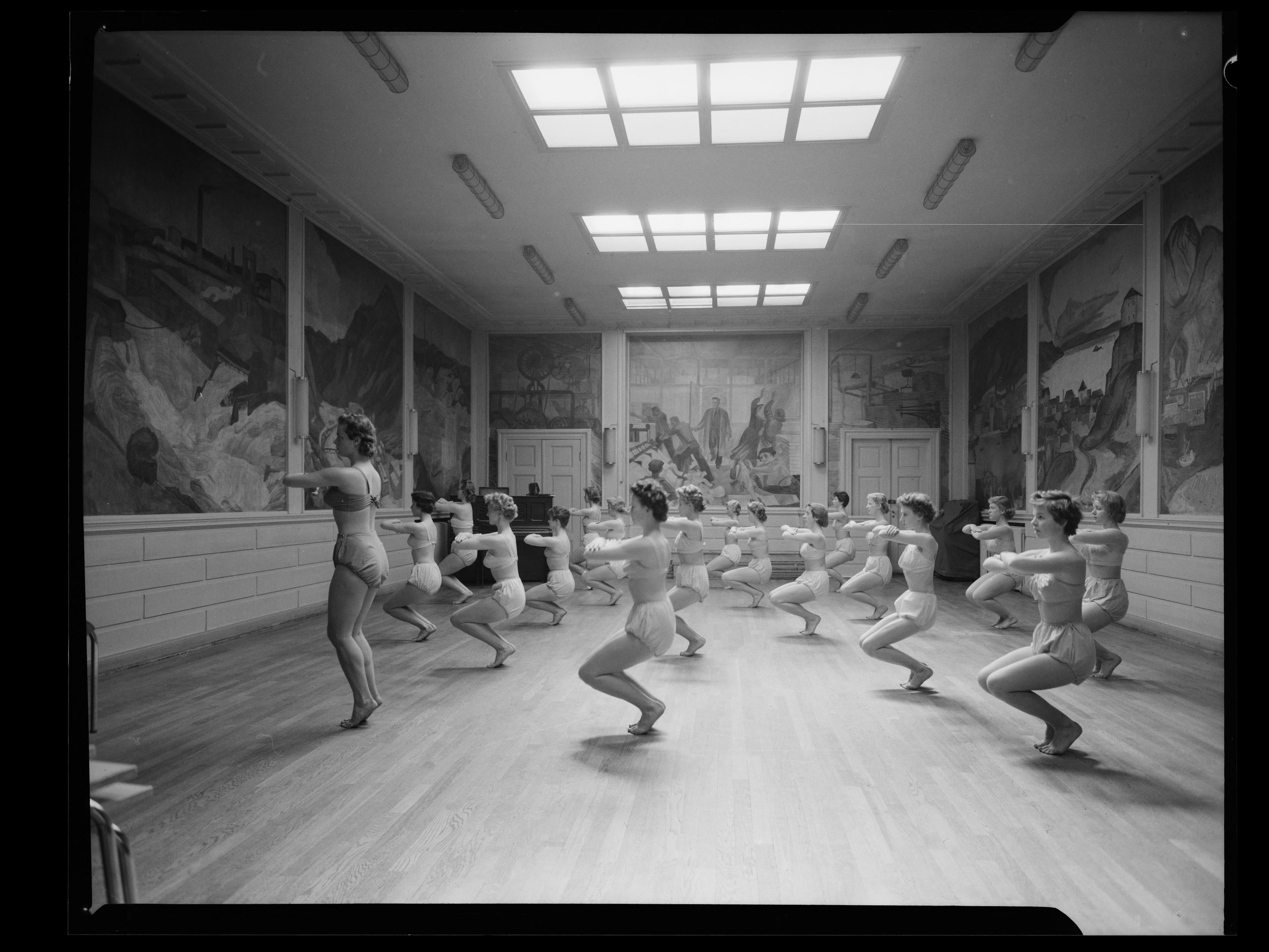 Pupils exercising at the Mensendieck School in Oslo, Norway, in the 1950s. source: National Library of Norway.
Pupils exercising at the Mensendieck School in Oslo, Norway, in the 1950s. source: National Library of Norway.
Did you have an interest in health before writing this book? Did you adopt any new health protocols after finishing the book?
No, health was not too much of an interest before this research, except as mentioned above, in terms of who has access to things like nature, clean air, or beautiful design. It was interesting to learn that vitamin D really does boost your immunity, and to note how much time we all spend indoors. I'm more conscious of that now. I've always adored relaxing activities like sunbathing and hot springs, and I liked discovering how seriously these activities have been taken at different times throughout history. I read about things like Forest Bathing and other kinds of current nature cures, and definitely am into that. But I still end up spending too much time on screens, alas!
What is your relationship to nature, is it something you seek out?
Yes—my mother is basically a druid. She makes incredible gardens wherever she lives, and was a self-taught landscape designer for years as a second job. I love camping and gardening, and I will say, circling back to California, that I'm glad I live somewhere where open space and nature are easy to find. Boys sunbathing circa 1928 at an open-air “preventorium,” a school for “pre-tubercular” boys that opened in 1922 in Pasadena. source: Security Pacific National Bank Collection, Los Angeles Public Library.
Boys sunbathing circa 1928 at an open-air “preventorium,” a school for “pre-tubercular” boys that opened in 1922 in Pasadena. source: Security Pacific National Bank Collection, Los Angeles Public Library.
Sun Seekers dives in to the fascinating history of how California became the center for health and natural living. Do you think California is still the cure? How do you feel about its future?
California is a state with many contradictions: parts of it are terribly polluted but it also boasts many of the nation’s strongest environmental regulations. It still lures newcomers with its world famous “California lifestyle,” but it suffers from severe income disparities. That said, it has a chance for a better future—there are a lot of good people here fighting for that.
Who are you currently looking to, in all mediums, that is raising awareness around health and its ability to impact lives?
I really loved the book The Nature Fix by Florence Williams. She traveled around participating in various nature cures around the world, and then weaves in scientific data about how things like walking through a forest in South Korea changes your brain waves. And then, via urbanism, I'm pro all bicycling, park-building, traffic-slowing, tree planting, public transportation-expanding, composting efforts happening in cities, and all of the great people, organizations, and ballot initiatives working toward a healthier future for all.
What projects are you working on now?
I'm looking into DIY ecologically-minded architecture in the 1970s American West. Very anti-establishment!

 Grace Miller in her home, Palm Springs, California, circa 1937. Photo by Julius Shulman. © J. Paul Getty Trust. Getty Research Institute.
Grace Miller in her home, Palm Springs, California, circa 1937. Photo by Julius Shulman. © J. Paul Getty Trust. Getty Research Institute.
